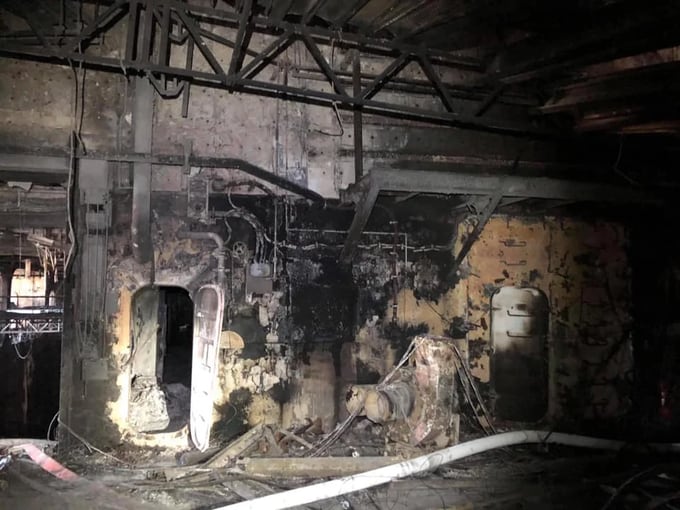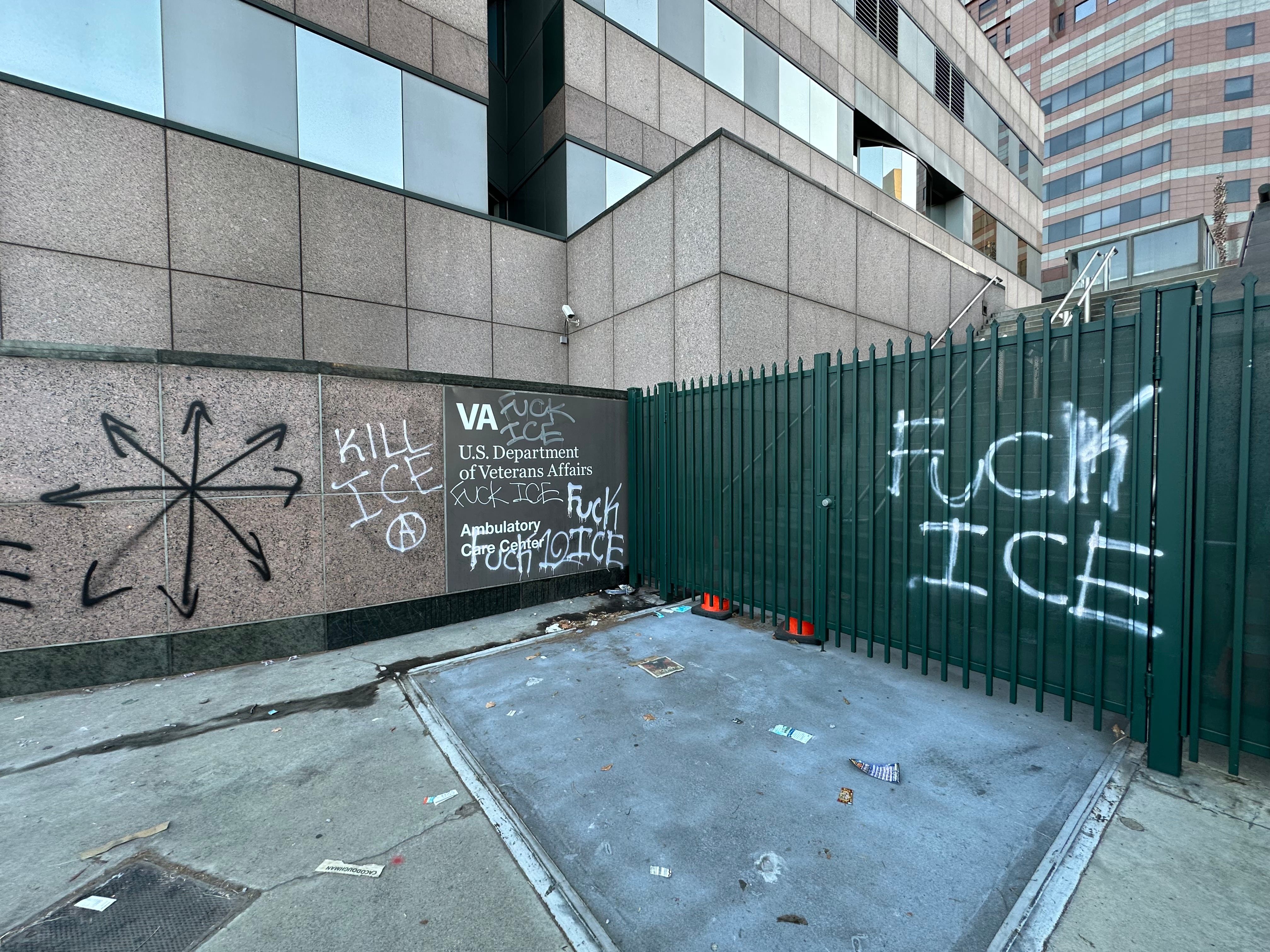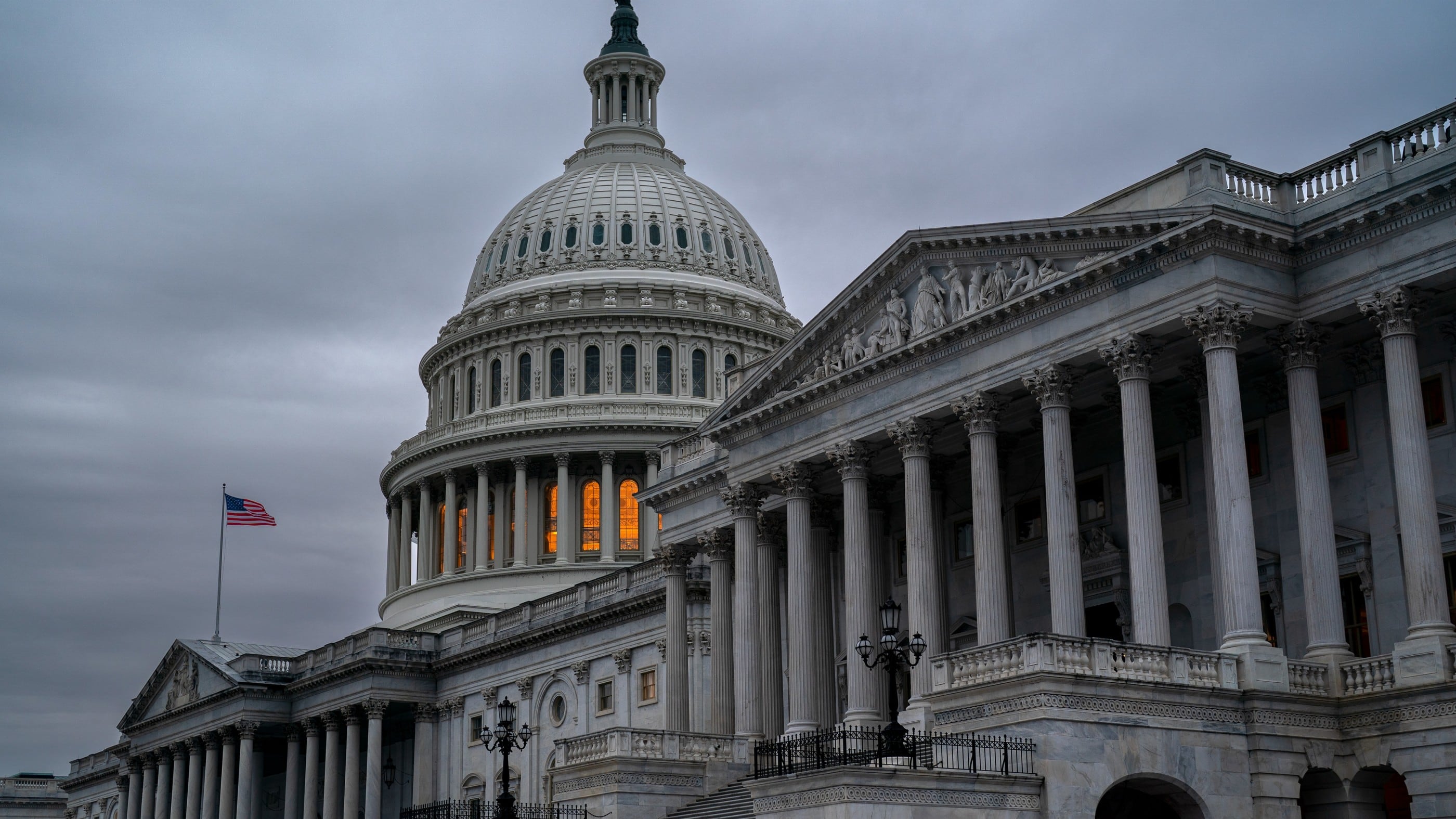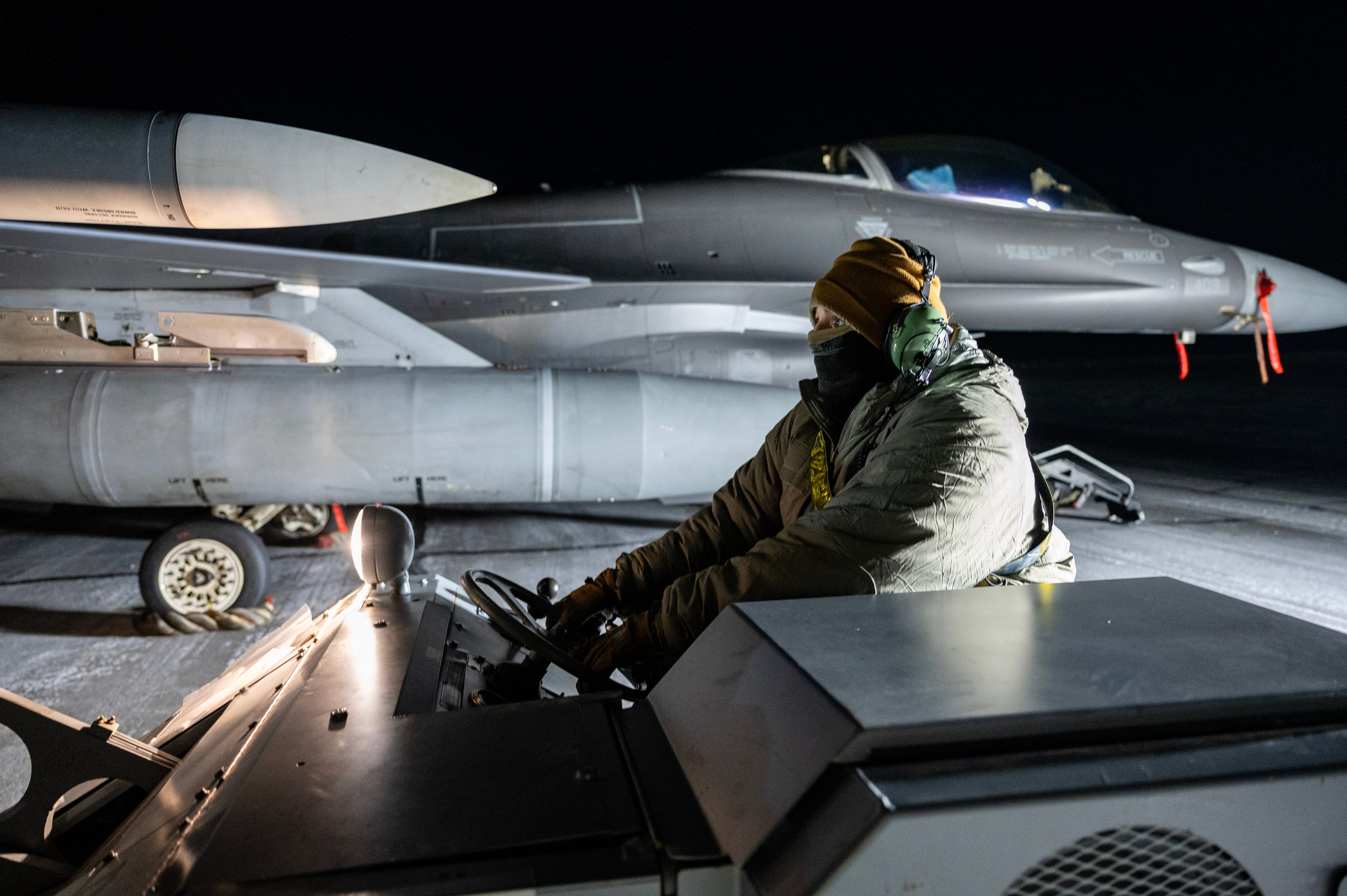After more than a year of Navy silence regarding how the amphibious assault ship Bonhomme Richard came to burn for four days while moored in San Diego last year, details have emerged about who the sea service thinks started the inferno and what consequences that junior sailor may face.
Seaman Apprentice Ryan Sawyer Mays, 20, a former SEAL candidate who washed out of the elite training pipeline before reporting to the amphib, has been charged with arson and hazarding a vessel in connection to the blaze, which started on July 12, 2020.
An affidavit filed in federal court last fall by investigators so they could search Mays’ personal email was unsealed last week and identified the junior sailor while also revealing aspects of the Navy’s case against him.
But military law experts tell Navy Times that prosecutors could face some significant challenges in making their case against Mays.
Foremost among them is the fact that Bonhomme Richard — the scene of the alleged crime — has been decommissioned and sold for scrap.
RELATED
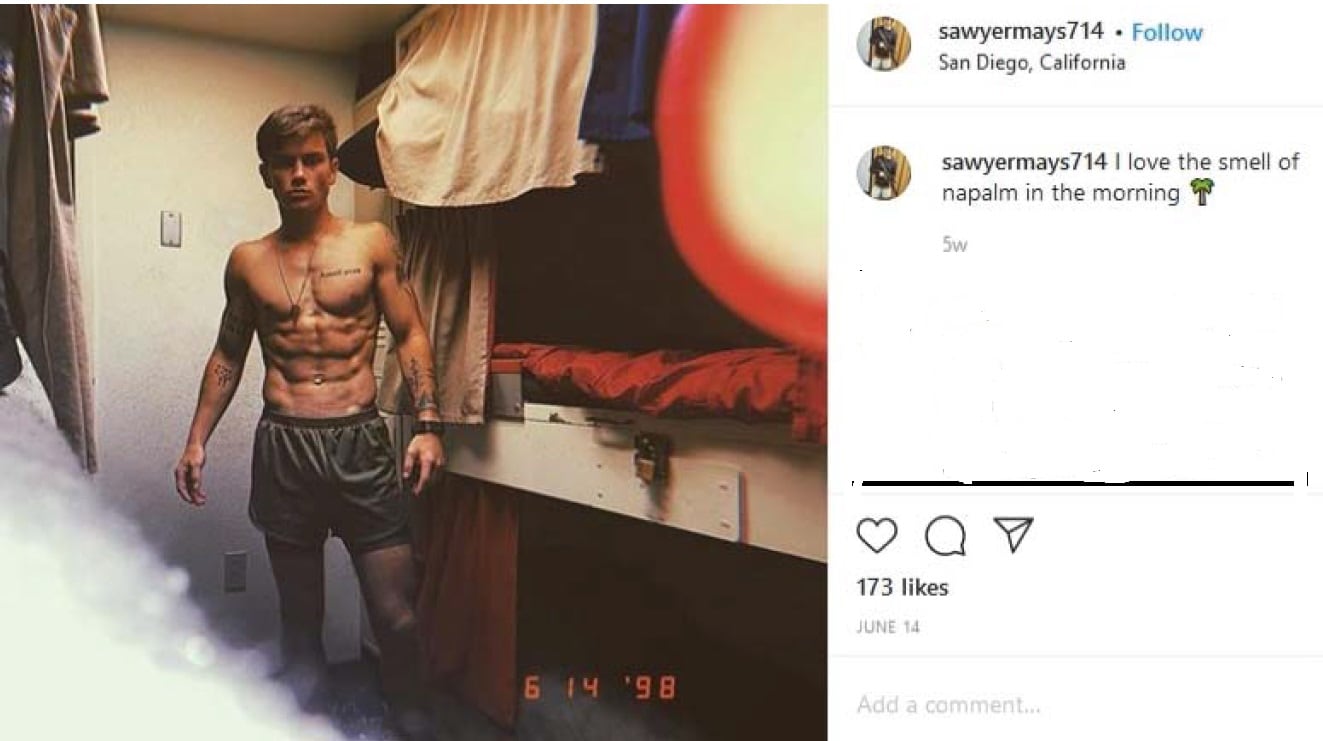
While much of the Navy’s evidence implicating Mays has not been made public, attorneys say that if Mays’ defense team wasn’t given enough time or resources to independently go over the crime scene, it could give the defense an opening to file a motion to get the case tossed out.
Mays’ defense team has “an ironclad Constitutional right” to examine the ship themselves, according to Lawrence Brennan, a retired Navy captain, law professor and attorney who specializes in maritime and admiralty law.
“It’s not enough for (Mays’ defense team) to rely on photographs or statements from government witnesses, or the government’s external experts,” Brennan told Navy Times.
If that right was denied, he said, it’s an opportunity for the defense.
“A ship’s owner who’s in a hurry to get rid of evidence isn’t going to be looked on favorably in court,” Brennan added.
Gary Barthel, Mays’ civilian attorney, said Monday that he was retained in September and requested that the ship be preserved so that his independent experts could assess the scene.
But Barthel said he only had a couple days on the ship and was inadequately resourced for the job.
He also said he hadn’t been provided with any of the prosecution’s evidence at that point, materials given to the defense during the discovery process of a trial.
RELATED
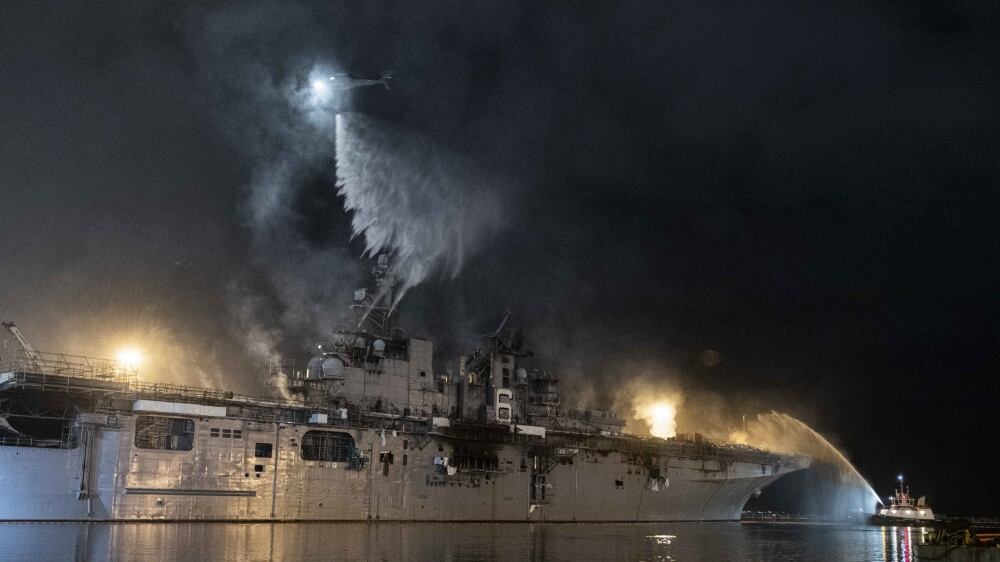
Without such materials, Brennan said, Barthel’s experts would not know which aspects of the scene prosecutors were focused on, potentially hindering their ability to build a defense for Mays.
Barthel said his client “has always maintained his innocence and denies any wrongdoing with regard to this fire.”
U.S. 3rd Fleet spokesman Cmdr. Sean Robertson said in a statement Monday that the Naval Criminal Investigative Service and federal agencies “conducted a thorough investigation.”
“The defense has access to all materials afforded them through the legal process,” Robertson said.
But any experts brought on by Mays’ defense are supposed to “get to look all over the vessel and inspect to see what evidence they can find that will help their case,” Brennan said.
No lawyer should just accept evidence the Navy hands over regarding the ship fire, he said.
“Sometimes things are missed consciously,” Brennan said. “I trust my own guy; I don’t trust the other side’s guy.”
The defense’s ability to assemble its own experts to conduct an independent investigation of the Bonhomme Richard crime scene is doubly important due to the challenges of investigating fires, said Antoinette Quinn O’Neill, a civilian defense attorney and former Air Force JAG.
“This is a science that’s not perfect,” she said. “(Mays’ defense) should be challenging every bit of the science.”
The affidavit filed in federal court seeking access to May’s email account revealed part of the government’s argument for why he was allegedly started the fire.
To O’Neill, it also revealed potential challenges for prosecutors as well.
The affidavit cites a sailor who said he saw Mays descend a ramp into the Lower V storage area where the fire broke out before the blaze was called away.
But pandemic realities might give his defense an opening if that witness is called to testify, according to O’Neill.
“The COVID measures aboard the ship could prove to be an insurmountable challenge for the prosecution,” she said. “Other sailors are trying to identify a masked fellow sailor in full uniform.”
“If they don’t have more or find more in their search of his emails, it doesn’t seem like they will even be close to ‘beyond a reasonable doubt,’” the threshold a jury must reach to convict, O’Neill said.
While that warrant affidavit revealed an “extensive investigation” into the fire, such applications are inevitably one-sided, said Eugene R. Fidell, a military law expert and professor at New York University’s School of Law.
“We’ll find out if it was perfect or not when it starts to get litigated,” Fidell said. “You can’t cross-examine an affidavit.”
Fidell also questioned why 3rd Fleet, the convening authority in the Mays case, has refused to release his charge sheet.
Officials have cited privacy regulations, but such a justification doesn’t pass the smell test, according to Fidell.
“A United States warship has been lost,” he said. “I can’t imagine a case of greater public interest than this.”
Fidell said he hopes this is not a harbinger of things to come.
“Naval justice has not been distinguished by its transparency,” he said.
At a future date Mays will face a preliminary hearing, known as an Article 32, where a hearing officer will review all evidence and make a recommendation to the convening authority as to whether the case has merits to proceed.
Those hearings are public, and Fidell called the Navy’s refusal to release Mays’ charge sheet at this point a “knee-jerk reaction erring on the side of ‘un-transparency.’”
“If you don’t’ have transparency, you have a self-inflicted wound in terms of public confidence in the administration of military justice,” he said.
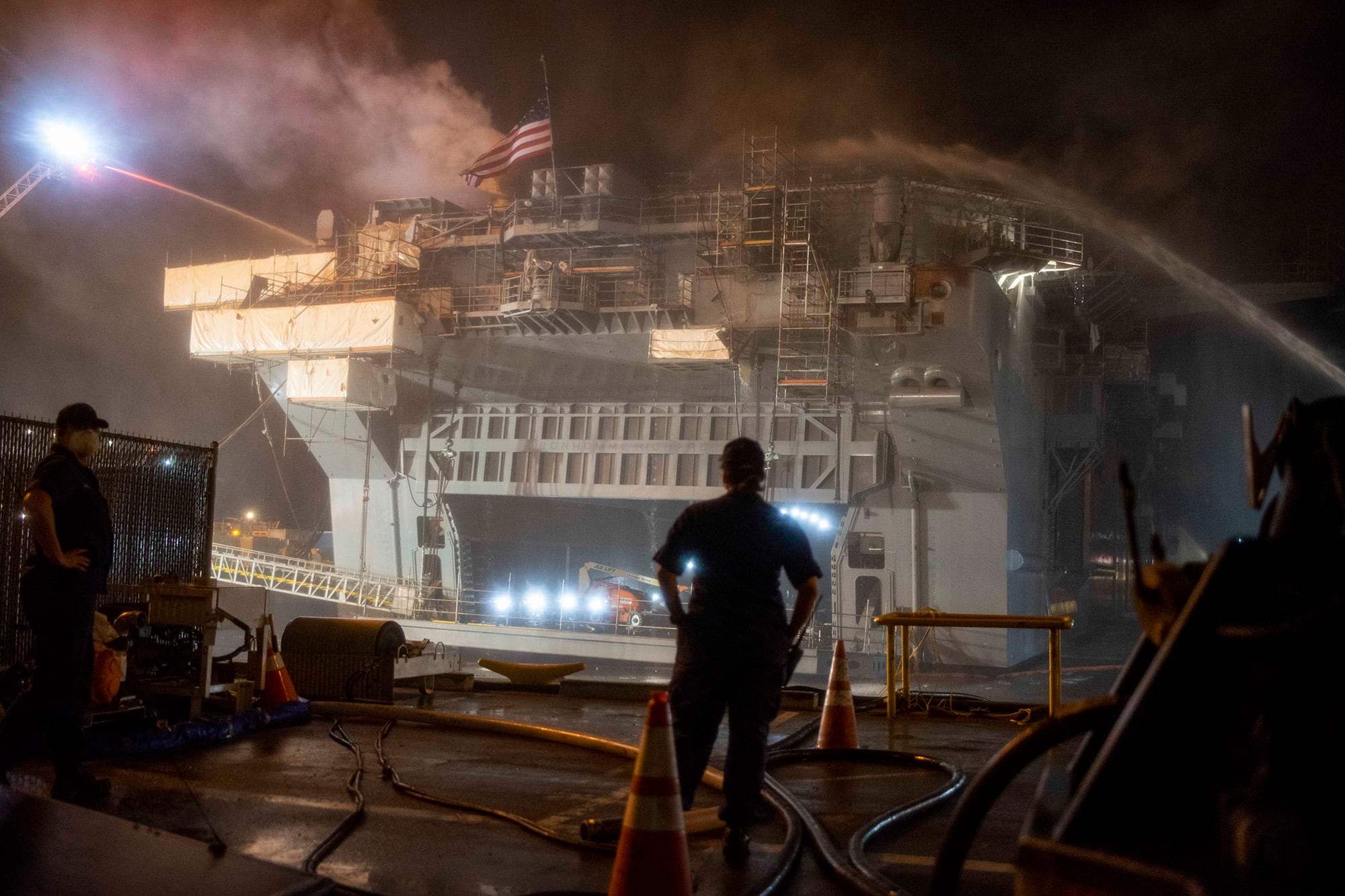
Brennan, O’Neill and Fidell all agreed that cases like the Bonhomme Richard fire are incredibly complex and will be a big test for Navy prosecutors.
“Naval justice has taken some serious hits in recent years,” Fidell said. “I’m thinking of the (Eddie Gallagher) case, where if something could go wrong, it did go wrong.”
“This is a big test case for the system,” he added. “Can the naval justice system litigate the loss of a ship?”
Fidell noted that the Navy’s public case against Mays remains in its early stages, and much remains unknown to the public.
“This is a canvas that’s being painted in, but it’s not going to be painted in for some months now,” he said.
Geoff is the managing editor of Military Times, but he still loves writing stories. He covered Iraq and Afghanistan extensively and was a reporter at the Chicago Tribune. He welcomes any and all kinds of tips at geoffz@militarytimes.com.
